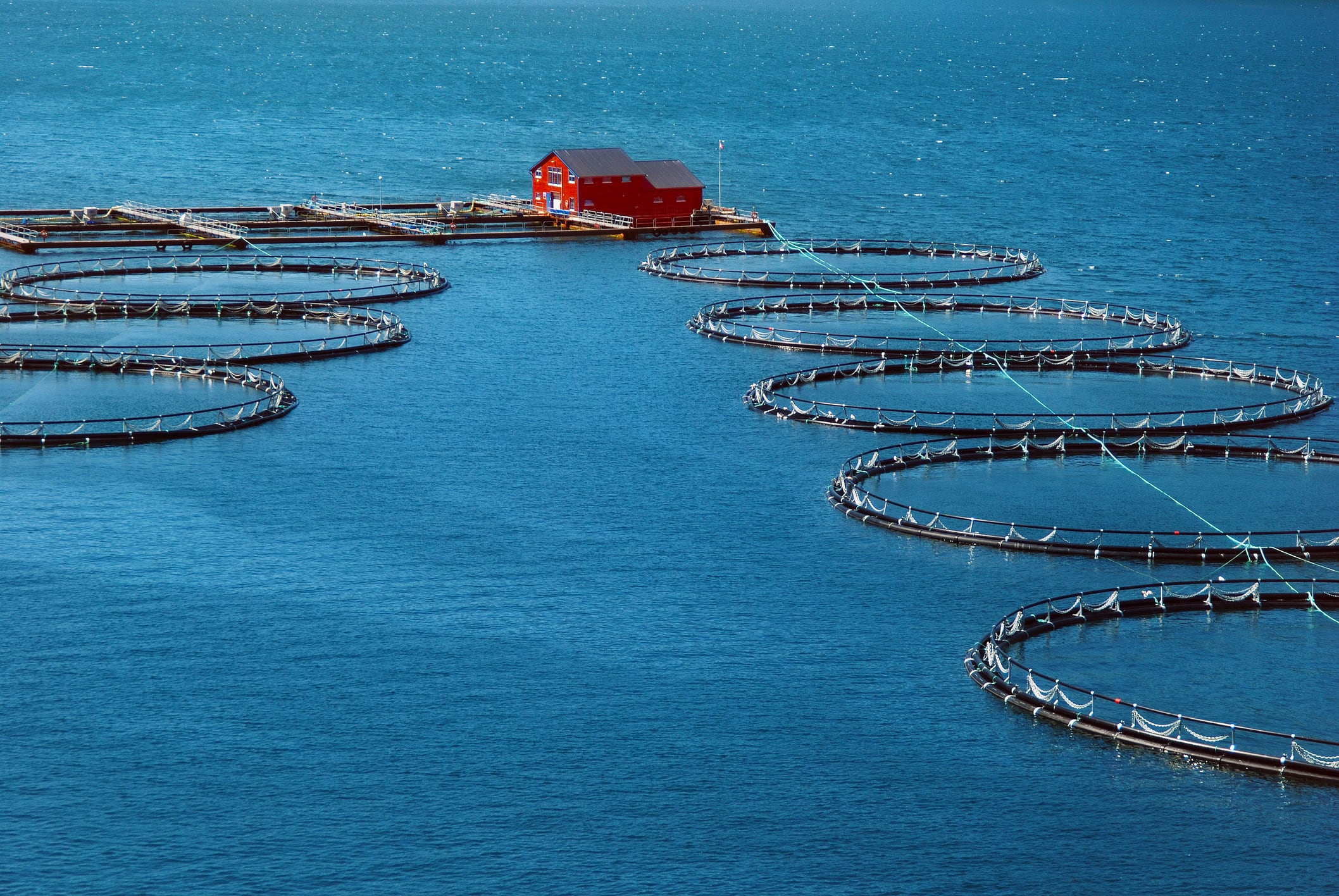Cargill’s new salmon feed concept builds on its ongoing efforts to optimize nitrogen utilization in feed, while improving fish performance, health, and cost-efficiency for farmers. The Effective Energy program leverages commercial data to fine-tune nutritional strategies tailored to specific farming conditions - such as location, stocking seasons, life stages, and economic factors like raw material prices. By integrating this approach into its digital platform, Cargill says it is able to design customized feed programs that adapt to the unique needs of individual farms.
Christian De Santis, principal scientist at Cargill Animal Nutrition and Health, told us:
“Effective Energy marks the next step in our journey toward precision nutrition. While Essential Nitrogen optimized the balance of nitrogenous nutrients, Effective Energy goes further by incorporating digital tools and real-world data to refine nutritional planning. Essential Nitrogen set the foundation for optimizing feed composition, and through rigorous testing in both controlled and real-world trials, we’ve refined these insights into a predictive nutritional engine. This engine models fish physiology and nutrition requirements with remarkable accuracy. When paired with real-world farming data, it enables the creation of customized nutritional plans that enhance feed efficiency and production outcomes.”
This new phase, he says, utilizes sophisticated nutritional models to optimize feeding strategies, helping farmers maximize production per license, improve fish performance, and make more efficient feed decisions that balance cost and effectiveness.
Ketil Christensen, category lead for digital at Cargill Animal Nutrition and Health, elaborates on the integration of Effective Energy with Cargill’s bluViu digital platform:
“bluViu is a proprietary platform designed to help salmon farmers make smarter, data-driven decisions by simulating, optimizing, and comparing feed programs. It houses one of the largest salmon production databases and continuously gathers data from diverse sources. With real-world data - such as fish weight, temperature, seasonality, and feed composition - bluViu enables complex analyses and simulations at the touch of a button, or even automatically. By integrating Effective Energy, farmers can test different feeding strategies and make more informed decisions, driving both sustainability and profitability.”
Christensen notes that farmers often have different priorities - some focus on sustainability, others on reducing costs, and some on maximizing growth.
“bluViu provides a clear comparison of feeding strategies, ensuring that farmers can select the best option for their specific conditions. Beyond nutrition, the integration of expert knowledge with digital tools enhances farm management and decision-making.”
Regarding scenario planning and economic considerations, Christensen adds:
“The bluViu scenario planner helps farmers compare feeding programs based on cost, performance, and sustainability. By inputting farm-specific data and various feed options, farmers can simulate potential outcomes and assess key performance indicators. This tool provides a snapshot of potential results, enabling farmers to make the most cost-effective and efficient choices.”
Performance metrics
De Santis highlights that success with Effective Energy is measured through biological, environmental, and economic performance indicators:
“While farmers often focus on weight gain and feed conversion ratio (FCR), Effective Energy also tracks carcass yield - an important but often overlooked metric. Some farms measure performance based on head-on and gutted (HOG) weight, which provides a more accurate economic perspective on feed decisions. Sustainability is also a priority: the carbon footprint of feed and fish is tracked to align with environmental goals. On the economic side, key metrics include feed costs, feed cost of growth, and feed cost of HOG growth, all of which help farmers enhance efficiency and profitability.”
Addressing variability in farming conditions, De Santis adds:
“While controlled trials provide a strong scientific foundation, real-world data - such as water quality, stocking density, and seasonal variations - ensures that our models remain relevant and accurate. For conditions not fully covered by existing data, predictive modeling and scenario planning provide flexible, customized solutions.”


